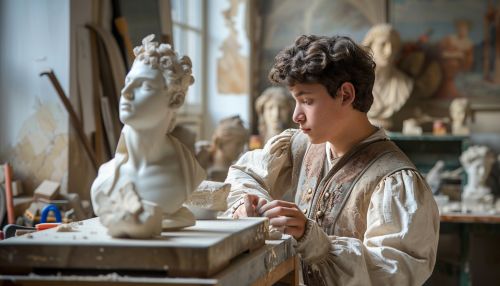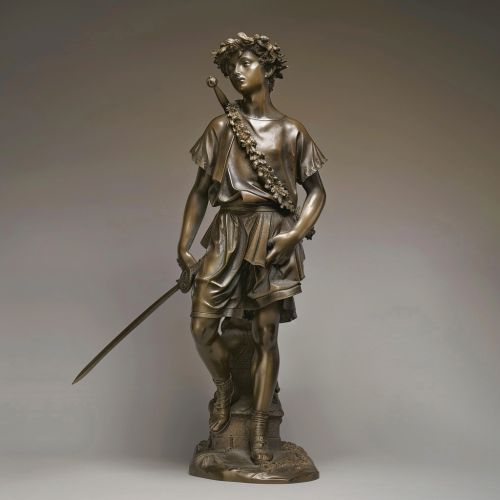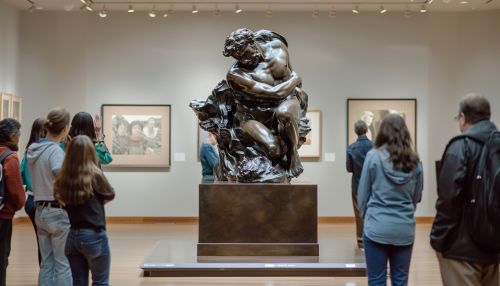Donatello
Early Life
Donatello, born Donato di Niccolò di Betto Bardi, was born in Florence, Italy around 1386. He was the son of Niccolò di Betto Bardi, a member of the Florentine Wool Combers Guild. This would have given Donatello the status of a craftsman, opening up opportunities for him to enter various trades.
At a young age, Donatello began to show an interest in the arts. He was apprenticed early on to the goldsmith and metalworker Lorenzo Ghiberti. Ghiberti was a prominent artist in Florence, best known for his work on the bronze doors of the Baptistery of Florence. Under Ghiberti's guidance, Donatello learned the techniques of metalworking and the principles of design that would later influence his work.


Career and Works
Donatello's career spanned approximately five decades, during which he created many significant works of art. His style evolved over time, reflecting the changing tastes and ideals of the period. He is often credited with inventing the style of sculpture known as "rilievo schiacciato" (flattened relief), which uses perspective to create the illusion of depth.
One of Donatello's earliest known works is the marble statue of David, created around 1408. This statue, commissioned by the Opera del Duomo for the Cathedral of Florence, shows the biblical hero in a classical pose, reflecting the influence of ancient Roman sculpture.
In the 1420s, Donatello created the bronze statue of St. Louis of Toulouse for the Orsanmichele church in Florence. This work is notable for its realistic depiction of the saint's drapery and facial expression, demonstrating Donatello's mastery of the medium of bronze.
Donatello's most famous work, the bronze statue of David, was created around 1440s. This statue is considered the first freestanding nude male sculpture since antiquity. It is known for its naturalistic detail and innovative use of perspective and proportion.


Influence and Legacy
Donatello's work had a profound influence on the development of Renaissance art. His innovative techniques and realistic style set a new standard for sculpture, influencing many artists of his time and future generations.
Donatello's influence can be seen in the work of many later artists, including Michelangelo, who is said to have been inspired by Donatello's David when creating his own version of the biblical hero.
Donatello's legacy extends beyond his influence on other artists. His works are considered some of the greatest achievements of the Italian Renaissance and continue to be studied and admired today.


